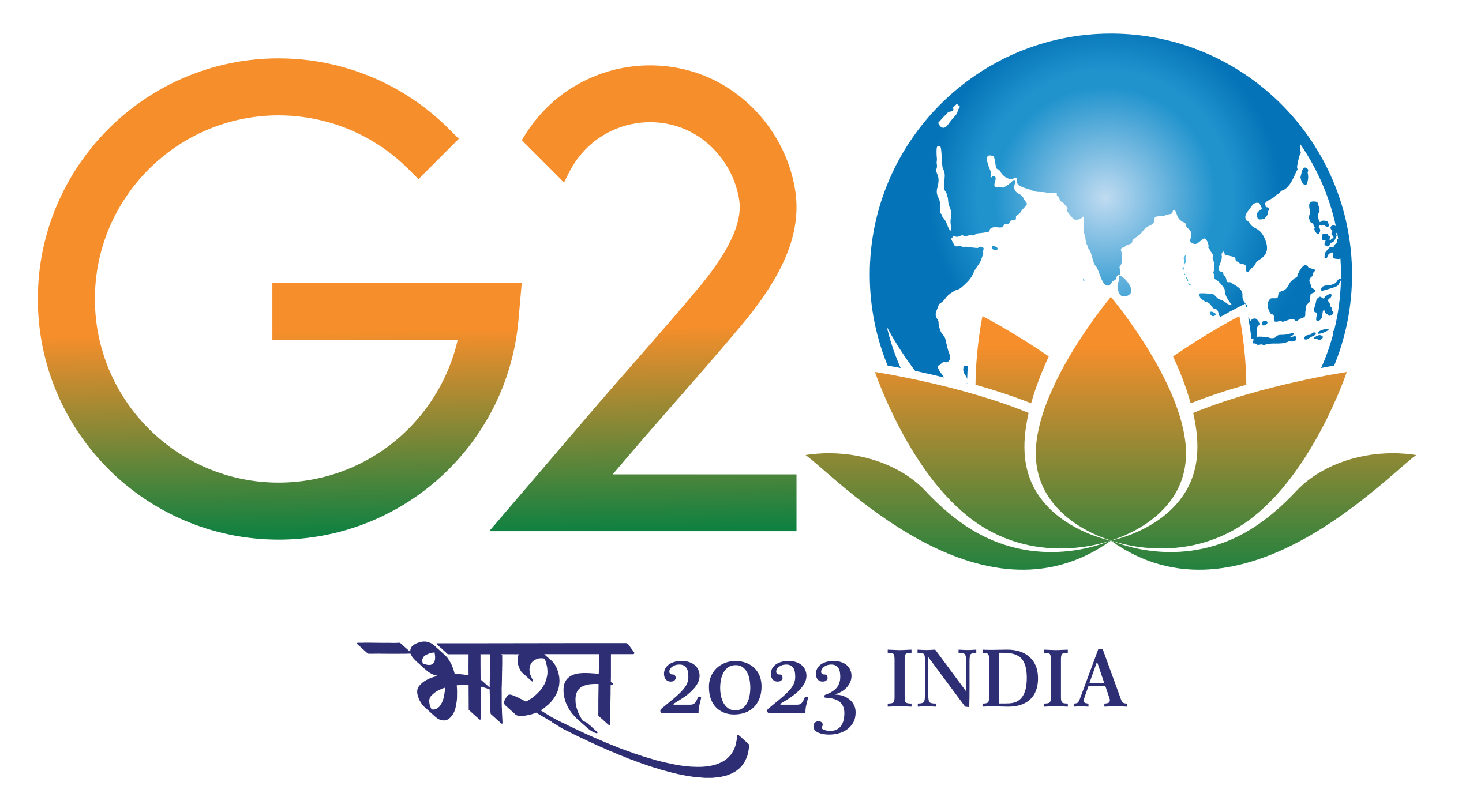Dr Athkuri Sai Saketha Chandra

Dr Athkuri Sai Saketha Chandra
Assistant Professor
Office Address:


Assistant Professor
Office Address:
Address:
National Institute of Technology Calicut,
NIT Campus P.O 673 601,
Kozhikode, India.
Departments and Centres
Committees / Cells
Achievements
Minutes & Reports
Sponsored by NITCAA - Alumni of B.Tech 1993-97 Batch.
Designed and Developed by Xpertconsortium Technologies LLP.
Maintained by C-PRIME and CITRA, NITC.
